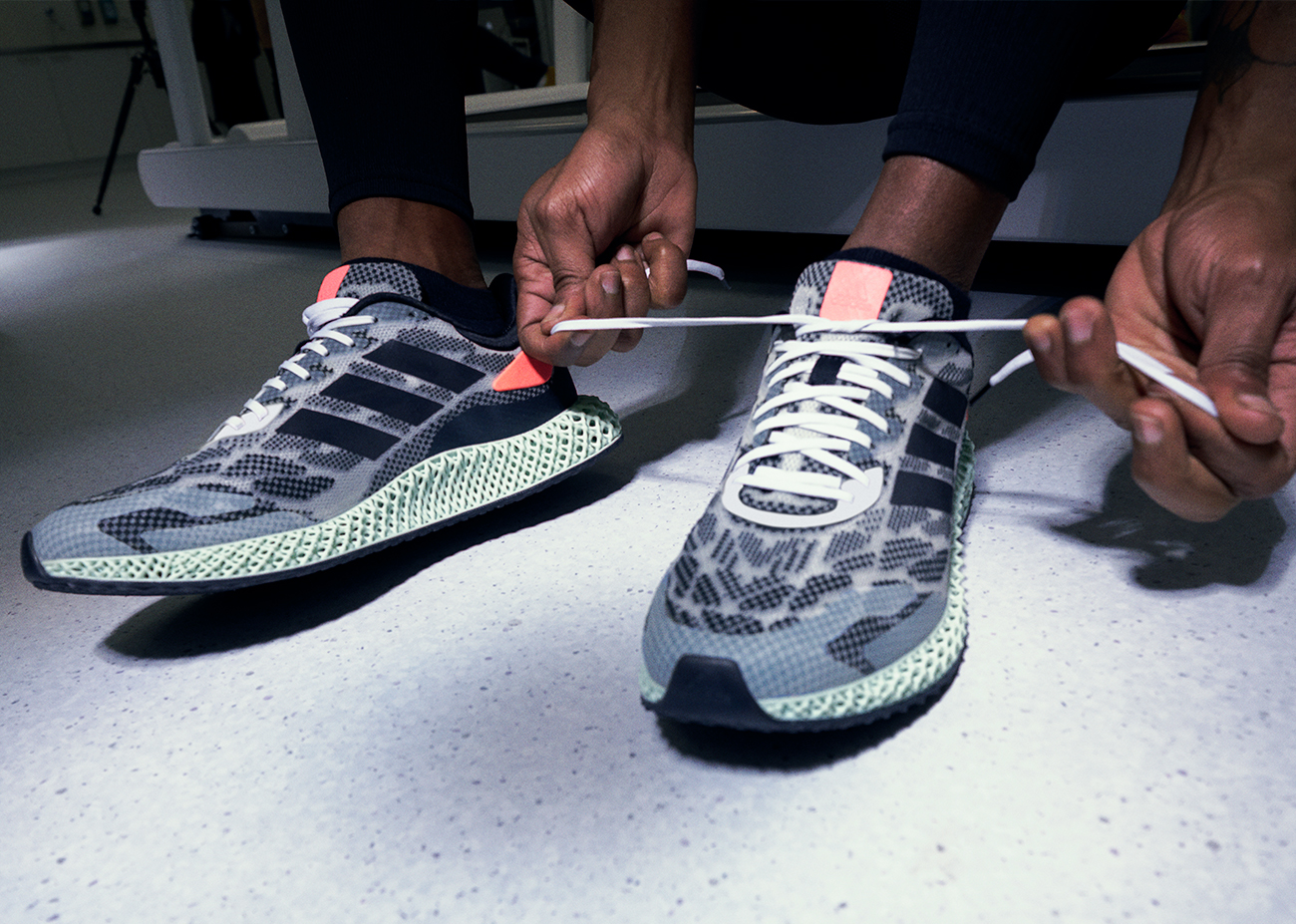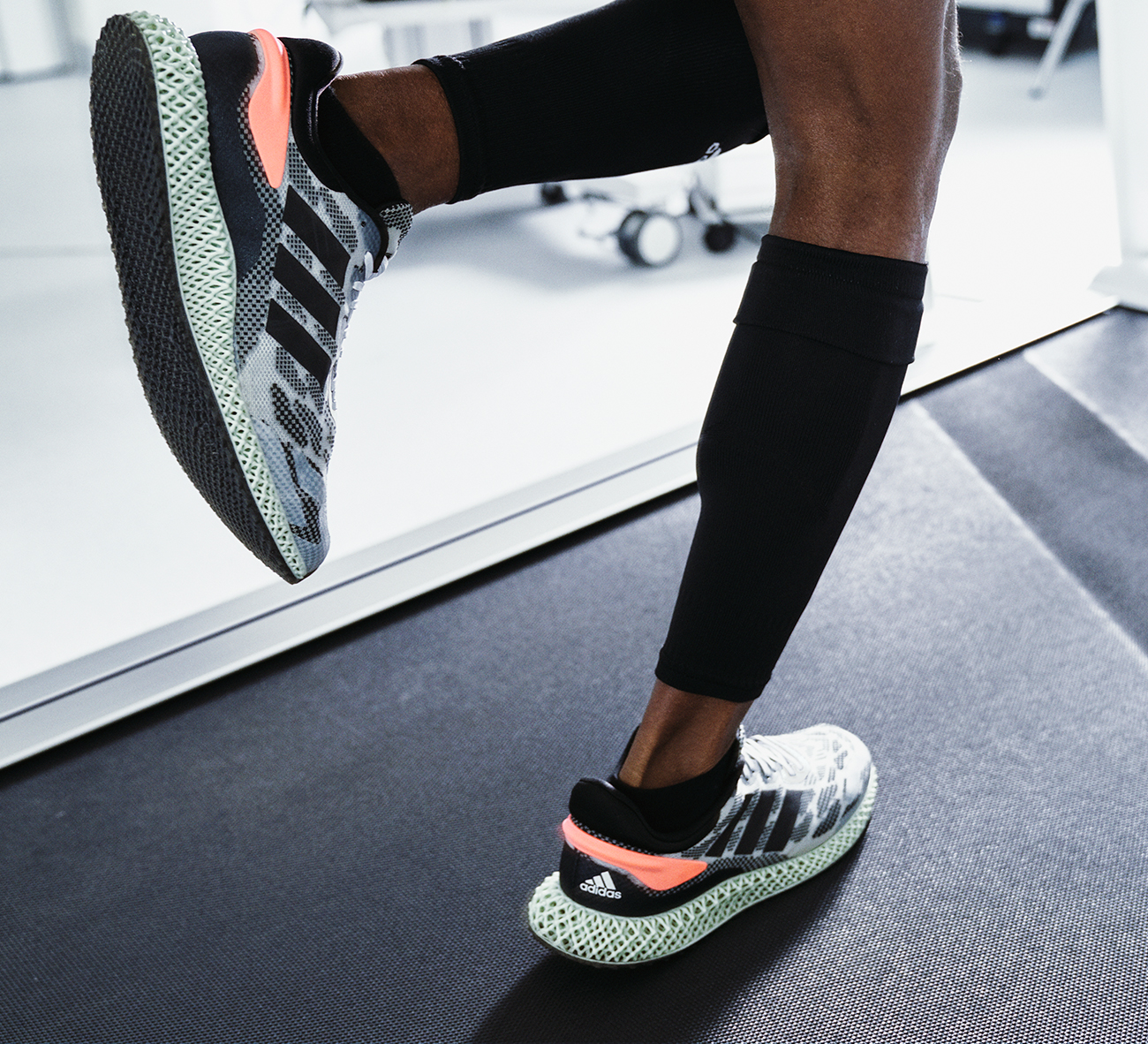TREADMILL BENEFITS
From heart health and weight loss to stress reduction and mental health, there are many benefits of running on a treadmill, and they all begin when you press the start button. For those just getting into running, it might be tempting to go straight to hitting the pavement outside, but it can actually be better to start on a treadmill. For beginners, a treadmill keeps the speed steady to match your fitness level, because it can be hard to pace yourself outdoors as a new runner, leading to fatigue, sore muscles, and possible injury—all of which can hinder progress.

HOW TO USE A TREADMILL
Before you hit the ground running, let’s get to know the treadmill basics.
What to wear:
Prep like you would if you were going for a run outside. You’ll need a pair of running shoes, comfortable workout clothes, a water bottle and music or a podcast to keep you motivated. A small towel is also great to have handy for when the workout heats up.
Basic treadmill settings:
Treadmills can vary in their features, but most have the same core functionalities of speed and incline, which is all you need for a great workout. In general, treadmill speeds are measured in miles per hour (mph), and the higher the number, the faster the belt of the treadmill goes. Typically two to four mph is walking speed, four to five mph is a fast walk or light jog, and over five mph is jogging or running. The incline number raises or lowers the platform of the treadmill to simulate running on flat ground or hills.
How to run on a treadmill:
When running on a treadmill, run like you would if outside. Keep your back upright, your shoulders relaxed and your core engaged, almost as if a string is at the top of your head pulling you upright. Try to keep your hands off the sidebars so your arms can move with the natural rhythm of your gait. Stay in tune with your body throughout your run and notice if you’re holding any tension that could deplete your energy. If you ramp up the speed, clipping the safety cord to your shirt will immediately stop the treadmill if it is pulled.

TREADMILL WORKOUTS
LOW-INTENSITY STEADY STATE
For those looking for an easy-to-follow exercise, low-intensity steady state(LISS) is an accessible format and a great treadmill workout for beginners who are just starting on their fitness journeys. The goal is to exercise for 30 minutes to an hour at roughly 60 percent of your maximal heart-rate effort. Most treadmills and wearables will monitor heart rate for you, but another way to calculate is to take 220 minus your age to find your maximum heart rate, then multiply that by .60 to find your target LISS heartrate. The best part about doing LISS on a treadmill is that the speed is set for you, so you’ll get a great workout in all while streaming a show or listening to a podcast. You’ll be done before you know it and feel great afterward.
To do this as a more low-intensity treadmill workout, set your machine to a high incline (9 to 12) at a moderately paced walking speed (around 3 to 4 mph) for 30 minutes.
TREADMILL INTERVAL WORKOUT
Interval training is another effective treadmill running workout, and helps build aerobic endurance within a short window of exercise. The basic format of any interval training is to alternate between periods of exertion, which get your heartrate up, and periods of rest, which allow your body to recover before the next interval. Try the beginner interval treadmill workout below that alternates between running and walking. If the listed speeds are too slow or too fast, modify for what works for your fitness level.
1. 10 minutes of walking at 3 mph
Warm up by walking at an incline of zero and speed of 2 to 3 mph.
2. 3 minutes of jogging at 4 mph
Ramp your speed up to 4 mph for a light jog. Focus on keeping your body upright, your core engaged and your hands loose and off the handrails.
3. 2 minutes of walking at 3 mph
Great job! Your first running interval is complete. Take a sip of water, breathe deeply and roll your shoulders back as you walk.
4. 4 minutes of jogging at 5 mph
Take your speed up to 5 mph and run for 4 minutes. This should be at a moderate pace that is challenging but not exhausting, so if it’s too much, take the speed down a few notches.
5. 3 minutes of walking at 3 mph
You’re over halfway done—you’ve got this. Recover your breath and get ready for your last interval.
6. 3 minutes of jogging at 5.5 to 6 mph
This last running interval is meant to burn up the rest of your energy. At 5.5 to 6mph, it will be the fastest speed of this workout, so give it all you’ve got for these last three minutes. If the speed feels out of your range, modify to what works for you so you can keep running for this last interval.
7. 5 minute cooldown at 2.5 mph
You did it! The hard part is over. Now walk for five minutes to cool your body down before ending your workout with rejuvenating stretches.
THE COOLDOWN
Running is a journey, and every workout is a chance to get better. As a new runner it’s important to listen to your body and focus on the basics to build a solid foundation. Once you start to develop endurance, you can work on slowly increasing speed. Check out our article for tips on how to improve mile time.
